INDIAN OCEAN TRAVEL by TOURISMER
INDIAN OCEAN TRAVEL by TOURISMER

Responsible travel The Maldives Archipelago
The Maldives Archipelago is reputed to be pure, "azure", like a haven of peace, a destination from which one returns amazed. This "paradise" has postcard landscapes: lagoons, white sand beaches, superb seabed and multicolored fish.
More prosaically, the archipelago is made up of 1,199 islands, 202 of which are inhabited. The islands are grouped into twenty-six atolls and three isolated islands divided into twenty subdivisions, also called “atolls” and each bearing the name of a letter thâna.
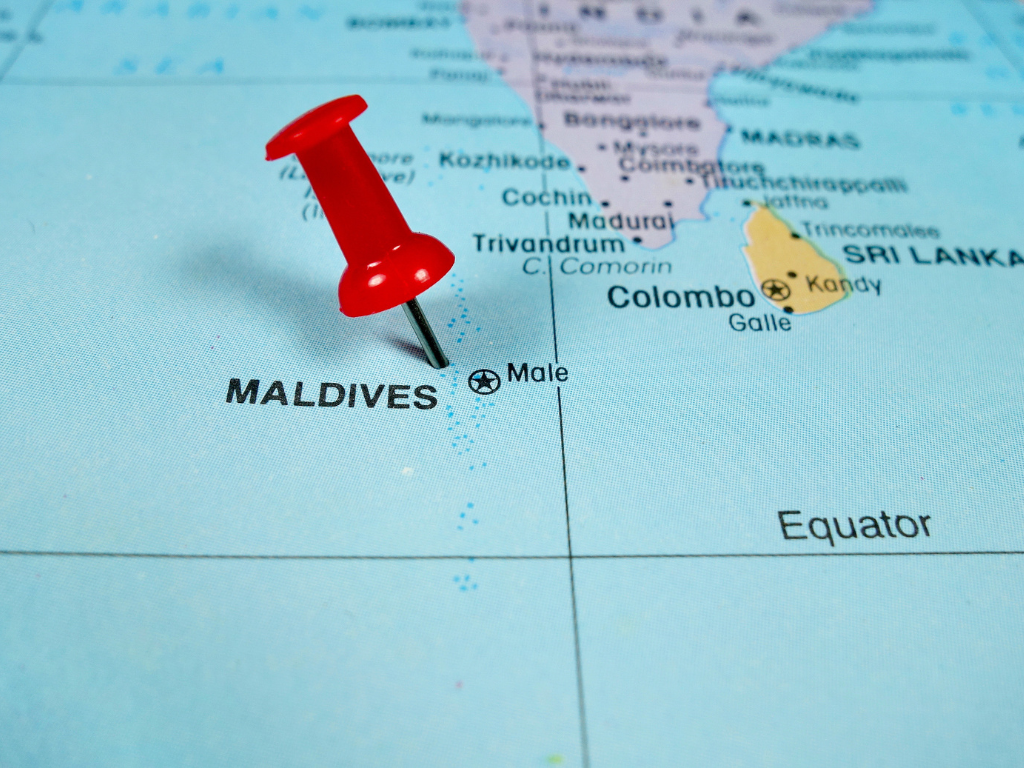
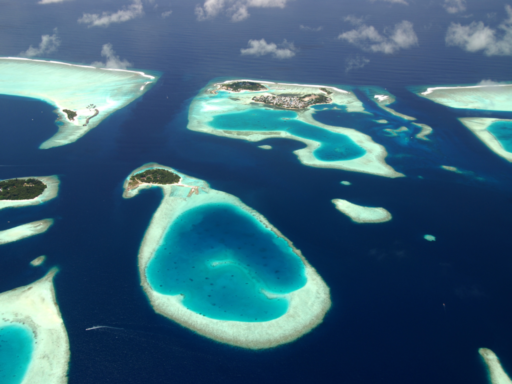
Tourism is a major activity in the Maldives, contributing to the country's foreign exchange earnings and a huge employment sector on the island. An ambitious goal: to make Maldivian resorts the next destination for the discerning, self-aware traveler. impact on the natural environment.
As an island nation, the Maldives is becoming susceptible to rising sea levels, depletion of freshwater resources and pollution of the surrounding ocean.
We are supporting
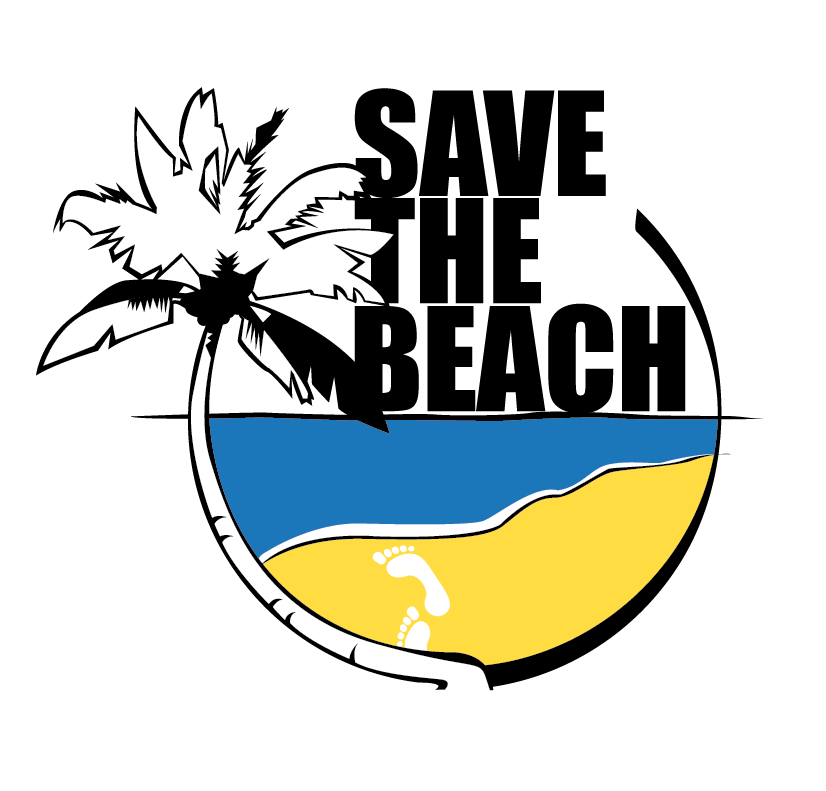
The ancient history of the Maldives is little known. According to Maldivian legend, an Indian prince called Koimala washed up with his young wife in a lagoon in the Maldives and settled there, becoming the first sultan. It is also said that women from Sri Lanka settled there, hence the name Mahiladipa meaning îles des femmes, who gave the name Maldives.

The Maldives appear in the geography of the Greek Claude Ptolémée in the first century of our era: he counts 1,378 islands.
The Maldives, and to a lesser extent the neighboring Chagos, were a likely stopover on the way to Madagascar.
Over the centuries, the islands have been visited and their development influenced by sailors from the countries of the Arabian Sea and the Indian Ocean littoral.. At the XVIe century, the Portuguese seized the archipelago and governed it for 15 years before being expelled by the patriot warrior and future sultan, Muhammad Thakurufaanu Al Auzam.
An independent Islamic Sultanate for most of its history, from 1153 to 1968, the Maldives was however a British protectorate from 1887 until . Between 1953 and 1954, a first republic was established, before the sultanate was restored.
After independence in 1965, the sultanate lasted for another three years and then, the , it is overthrown and replaced by a second republic. The country then took its current name.
The language spoken, the divehi, strongly influenced by Arabic, but also by terms from Sinhalese, Malayalam, Hindi, French, Persian, Portuguese and English.
English is the second language in the Maldives, used in tourism, or by the country's elites, it is the second administrative language with Divehi.
The Maldives is an Islamic republic where Islam is the only and obligatory religion. the country's population practices an exclusively Sunni Islam.
Music
The bodu beru is a set of dances and songs featuring about twenty people, drums ( bodu beru), a bell and a onugadu (The onugadu is a Maldivian musical instrument made from a piece of bamboo which is scored horizontally and grated with a stick, producing a strange sound, similar to that of a gamelan).

Wooden sculpture
Cane mats
Necklace and bracelets in stones, shells
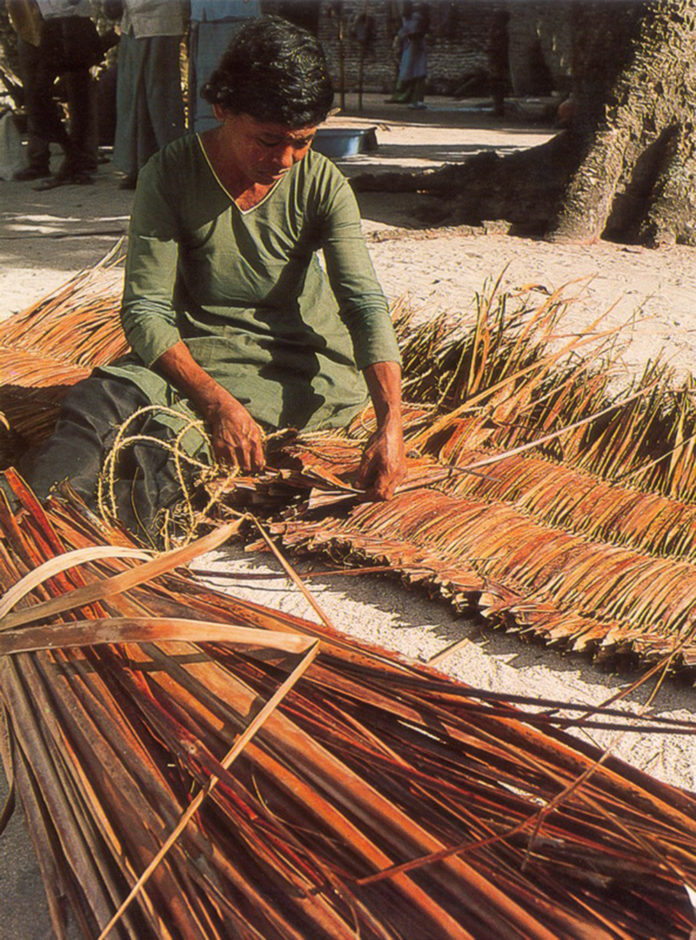
Source : https://encyclocraftsapr.com/coconut-crafts/
It mainly based on coconut, fish, rice, tubers such as potato and taro to enhance the recipes there are peppers, ginger and cloves.
Some emblematic dishes:
Garudhiya it is the national dish, it is composed of tuna, onions, peppers and lime, served with rice.

Kavaabu: mixture of rice, tuna, coconut and lentils, all rolled into a ball, then fried.
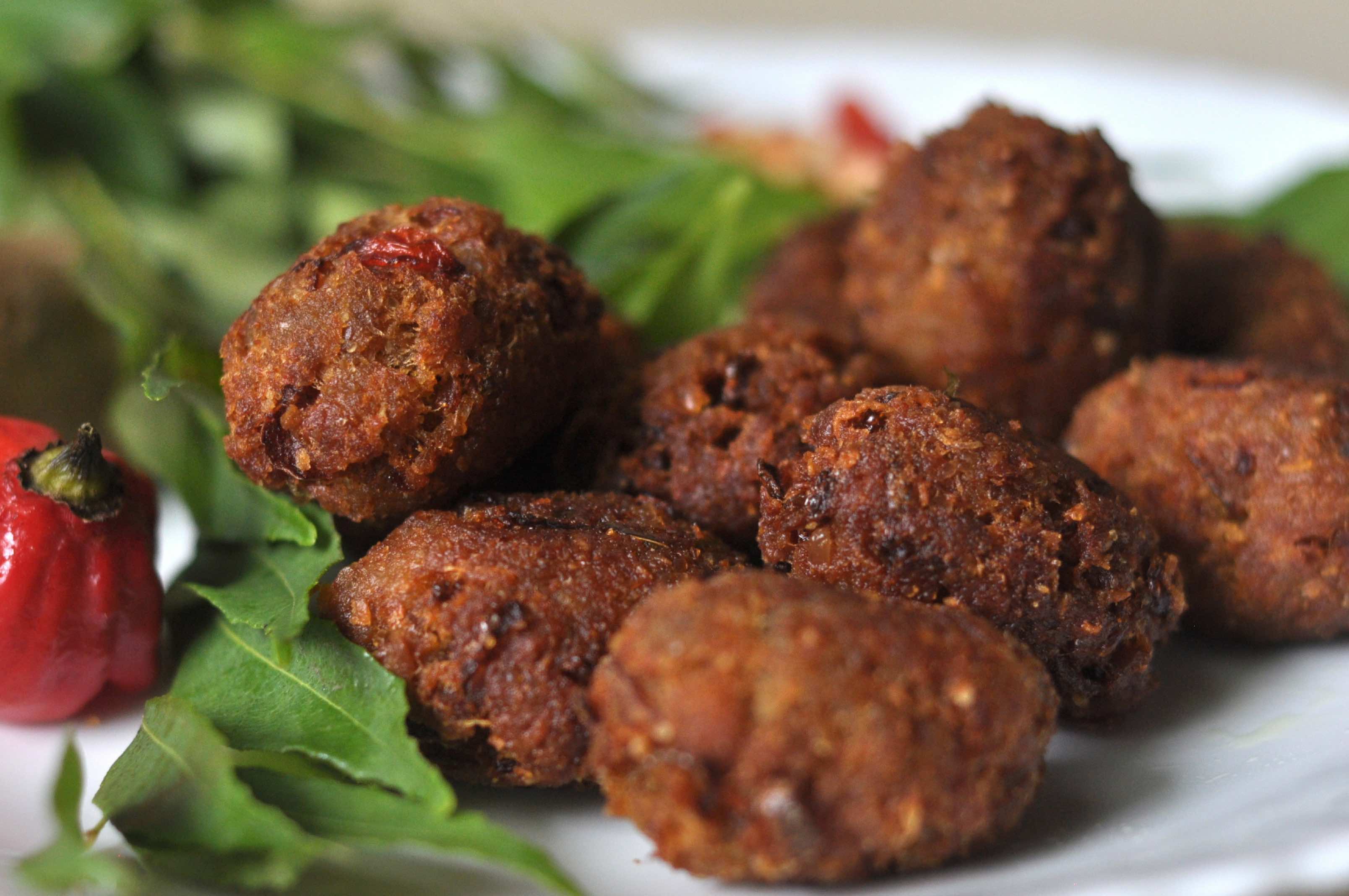
Cutlus: small tuna and potato croquettes with chilli, garlic and lime, then breaded and fried.
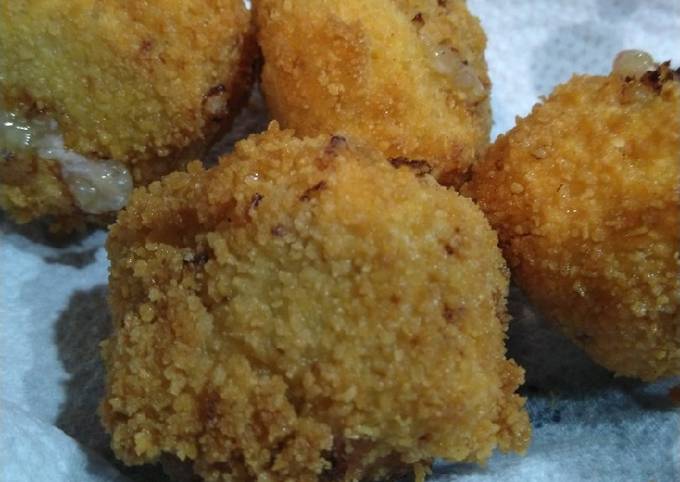
Dessert: foni boakiba, a rice and coconut milk pudding.
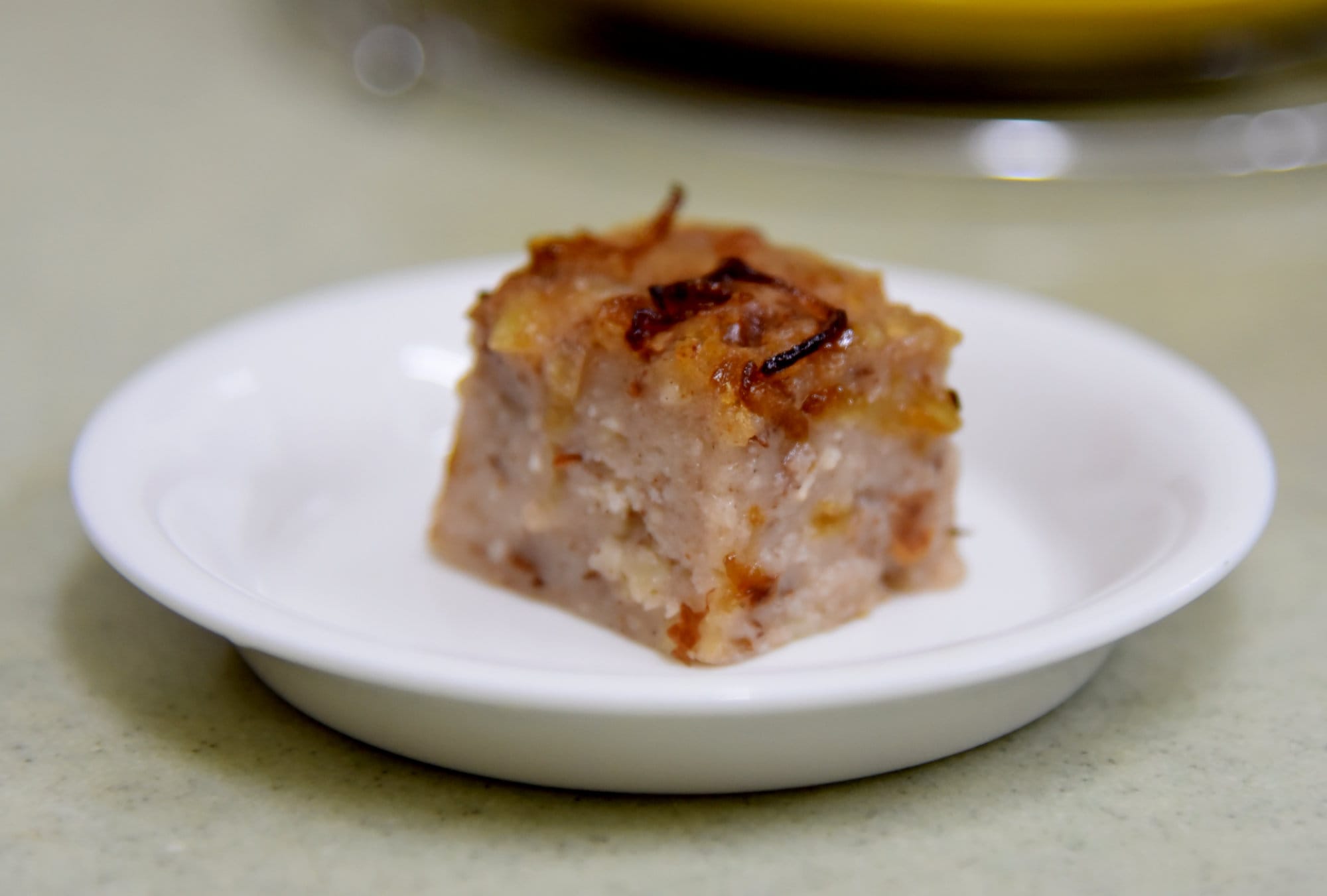
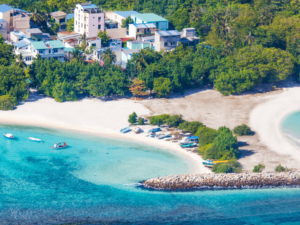
Malé is a city: it has more than 120,000 inhabitants for an area of less than 2 square km. It is one of the most densely populated capitals in the world, in a country with less than 550,000 inhabitants!
30% of its area has already been reclaimed from the ocean and it's not the end!
To visit :
– The large fish market, where you find all the fruits of traditional fishing, (in the Maldives net fishing is prohibited). Spectacular, the fish is cut in front of your eyes!
– The great mosque in immaculate white marble surmounted by its large golden dome.
– The Sultan's Park, a vast wooded park, which adjoins the Royal Palace to spend a quiet moment in this bubbling capital.
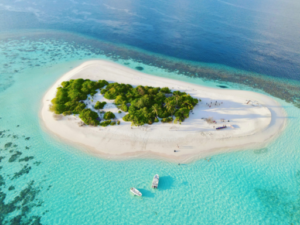
The Maldives archipelago being made up of more than 1,200 islands and countless sandbanks, there is always a desert island near your residence!
It is a once in a lifetime experience. Spending time on a desert island allows you to discover preserved coral reefs like water gardens.
Depending on the type of excursion, you can enjoy a barbecue of fresh fish on the deserted beach, sometimes caught by the crew who takes you to the island. Couldn't get any cooler. If you spend a night there, it's at the same beach and you'll sleep in a bed with a mosquito net!
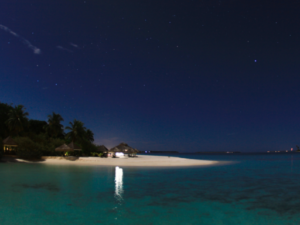
This activity is offered on most hotel islands.
About 30 minutes before the sunset, you reach the open sea aboard a dhoni, the traditional Maldivian boat, to enjoy the sunset at sea. The colors that follow one another are captivating. And even, it happens that dolphins Join the trip for a few minutes!
Some cruises are accompanied by a cocktail, to be enjoyed quietly while the boat glides gently… a delight!
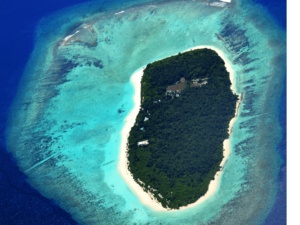
To set foot on a local island is to go to the other side of the mirror and discover the typical Maldivian way of life outside the capital.
Most of the islands have a similar configuration: houses made of coral for the most traditional, and raw concrete for the others. At the heart of the village is invariably a mosque, usually closed to visitors, and a school open to the public.
In the main street of the village, you can buy tea, spices or wooden sculptures in the few shops that open their doors specially on your arrival.
The Maldivians are very welcoming, do not hesitate to speak with them to get to know them better (in English).
As the islands culminate at less than one meter above sea level, this trip is an opportunity to see the effects of global warming for those on the front line and also to talk about it with them. A very rewarding experience.
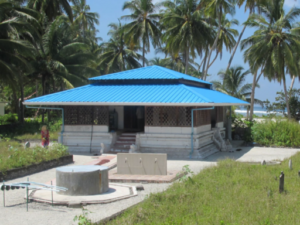
A historic site of great importance. It is here that historians discovered the Isdhoo Loamaafaanu, the oldest written documents found in the Maldives.
L’archipel des Maldives fait partie des meilleurs spots au monde pour les amateurs de snorkeling (palmes, masque, tuba) et de plongée sous-marine. Dès que l’on met la tête sous l’eau, on est émerveillé par la flore sous marine, les poissons multicolores, les raies mantas, les tortues géantes, les coquillages géants, étoiles de mer et autres curiosités des eaux tropicales. Le corail des Maldives représente la 8th barrier reef in the world. It is in the atoll of Addoo (the southernmost) that the coral has been best preserved, which makes it one of the most beautiful coral gardens in the archipelago.
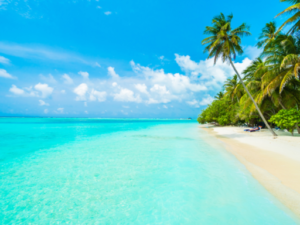
It is a heavenly sandbar that sparkles and lights up in electric blue at nightfall. This magical landscape is caused by the phytoplankton of the seas. This long beach is covered with billions of luminous points. Its water then gives the illusion of reflecting the starry sky!
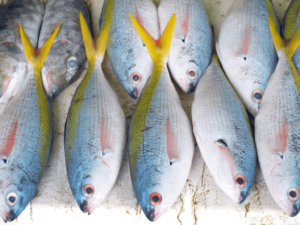
The coral islands of the Maldives are a real paradise for fishing. Mainly living from this practice, the fishermen will be happy to share their unique techniques with you.
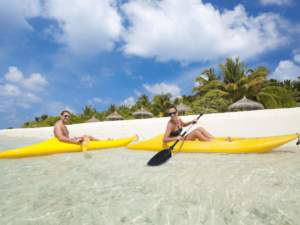
You can do countless activities and water sports such as surfing, kitesurfing, windsurfing and of course boat trips. The most accessible in the Maldives is to discover the translucent waters by kayak (in a transparent kayak!).
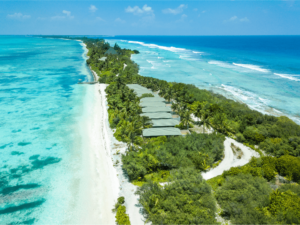 The atoll is made up of islands with unique characteristics, very different from the rest of the country. It is home to the second largest wetland in the Maldives. The park is home to sublime piers that extend to lakes and mangroves.
The atoll is made up of islands with unique characteristics, very different from the rest of the country. It is home to the second largest wetland in the Maldives. The park is home to sublime piers that extend to lakes and mangroves.
Enjoy a canoe trip in Bedhi Bay, its beautiful red mangroves, baby stingrays and sharks!
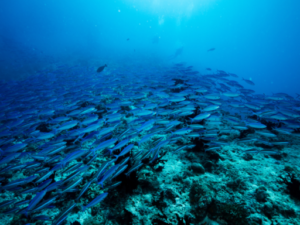 Baa Atoll is made up of several natural habitats that contribute to the richness of biodiversity, made up of coral reefs, islands, seagrass beds and mangroves.
Baa Atoll is made up of several natural habitats that contribute to the richness of biodiversity, made up of coral reefs, islands, seagrass beds and mangroves.
Coral reefs are the main natural habitat, both in terms of area and biodiversity. These coral reefs are also home to a wide variety of reef species, including 1,200 reef-associated marine species, 250 species of stony and soft corals as well as populations of sea turtles, manta rays, whale sharks and birds. of sea.
Tiny Hanifaru Bay is home to large aggregations of manta rays: up to a hundred of these gentle giants can be seen in a single congregation, gliding through the waters to feed on the plankton the tide brings with each times in the bay.
It connects all the atolls of the Maldives, ferries are the main means of transport for locals. But tourists can also use this inexpensive and quite convenient means of transport. Ferries are like river trams, or even trains. They walk according to a schedule which is respected, in principle.
In addition to regular ferries, in the Maldives there is a kind of mode of transport, on which you can drive for a symbolic payment. Those are called fruity ferries “: freight moving at night, to transport fruits grown on the islands to the capital or other cities of the country, at the opening of the morning market, to sell them. It's an exotic mode of transport, with bananas, coconuts and mangoes...
They are a very common way to get around the Maldives. They are comfortable. You can take them to reach a place quickly and inexpensively. Boats of different capacities embark a few people up to 40-50 passengers. On the deck of such a ship, there is an open part, and closed sides, to protect against splashes.
In the Maldives, the air service is well developed. In addition to the airport in the capital, Velana, there are several others, in different parts of the country. Domestic flights are provided by the national airline Maldivian which operates flights to a dozen islands.
Find more updated information on Tourism in Maldives in our Blog Tourismer.io

The Coral Micro-Fragmentation Project is funded by the Canada Fund for Local Initiatives (CFLI) and started in November 2021. The objective is to experiment with this new restoration methodology never before studied in the Maldives. It has been observed in different studies, how micro-fragments (<1cm), from the same colony, grow faster to join, compared to the growth of a single fragment.